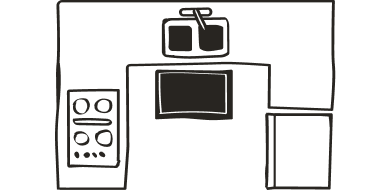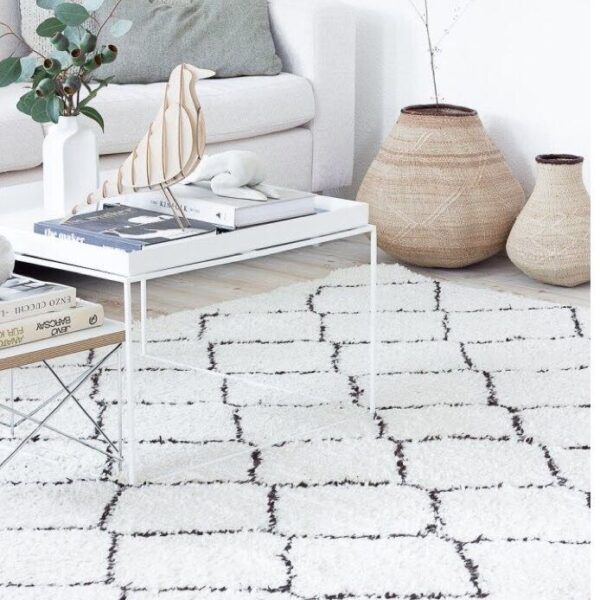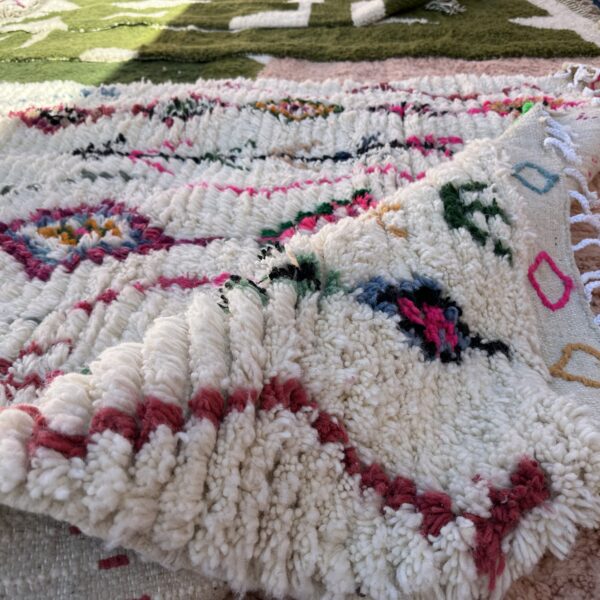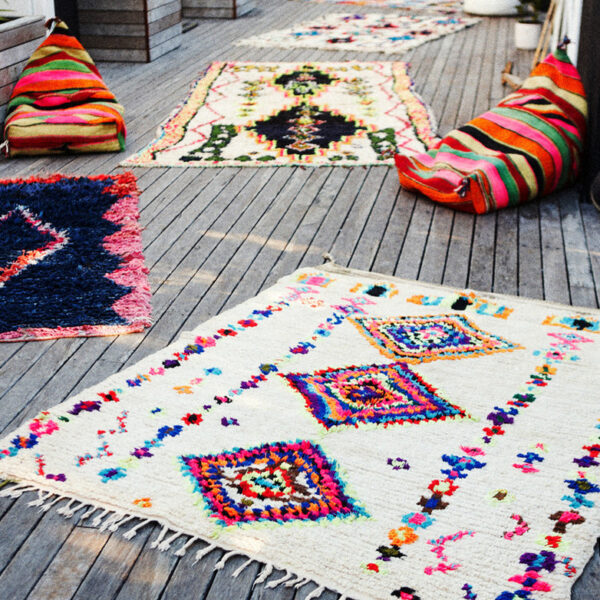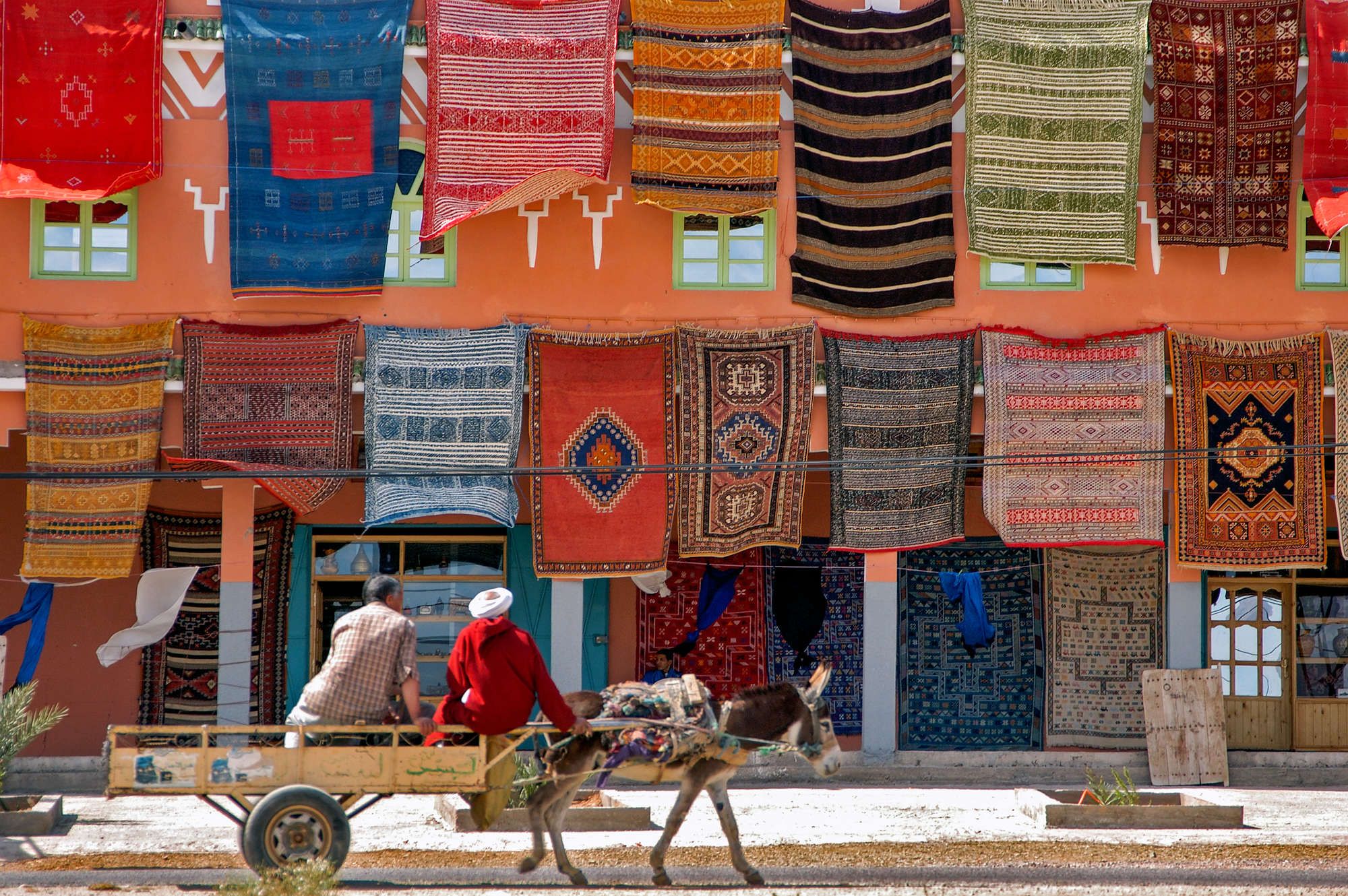The Intricate Tapestry of Moroccan Rug-Making: A Journey Through Time
The allure of Moroccan rugs has captivated interior designers, collectors, and homeowners for decades. These handcrafted masterpieces, with their distinctive patterns and vibrant colors, are not just home decor items but a reflection of a rich cultural legacy. Dive into the mesmerizing world of Moroccan rug-making and explore its deep-rooted history.
1. Ancient Beginnings:
Moroccan rug-making can trace its origins back thousands of years. The indigenous Berber tribes of Morocco were among the first to craft these hand-woven textiles. These rugs, known as Berber rugs, served multiple purposes — from bedspreads to ceremonial cloaks, reflecting the versatility and resourcefulness of their creators.
2. Symbolism and Storytelling:
Each Moroccan rug tells a story. The intricate patterns, symbols, and motifs aren’t merely decorative. They carry tales of tribal ancestry, nature, spirituality, and daily life. Over time, different regions of Morocco developed their signature styles, with the Atlas Mountains, Rif Mountains, and Sahara Desert regions being notable centers of this craft.
3. The Art of Dyeing:
Natural dyes derived from plants, minerals, and sometimes insects have traditionally been used to impart vibrant colors to Moroccan rugs. The deep reds, azure blues, and earthy browns seen in many rugs are a testament to the natural landscape of Morocco, from its sprawling deserts to its lush valleys.
4. Global Recognition:
The 20th century saw a surge in global interest in Moroccan rugs, especially in the West. Interior designers and art enthusiasts began appreciating the authenticity, craftsmanship, and unique designs of these rugs. This led to Moroccan rugs becoming sought-after pieces in international exhibitions and modern homes.
5. Preserving the Legacy:
Today, initiatives are being taken to preserve the age-old techniques of Moroccan rug-making. From ensuring fair wages to artisans to establishing cooperatives, steps are in place to ensure this art form thrives. Additionally, the demand for authentic Moroccan rugs in the global market has played a pivotal role in sustaining this craft.
In Conclusion: The history of Moroccan rug-making is a vivid tapestry interwoven with tales of tribes, traditions, and artistry. As you lay down or hang up a Moroccan rug in your space, remember that it’s not just a piece of decor, but a fragment of a storied past, a slice of Moroccan heritage.




